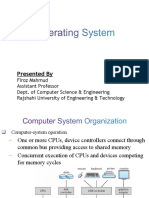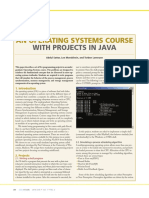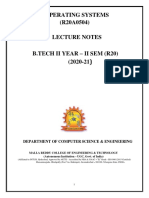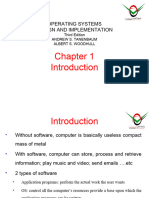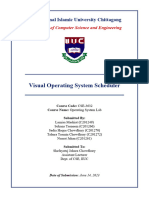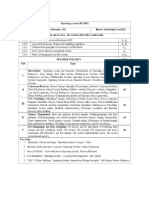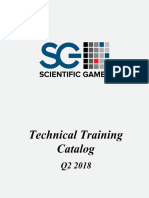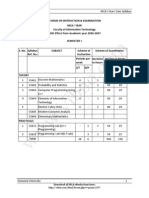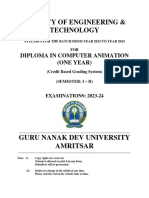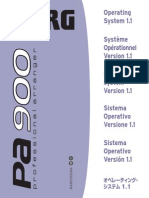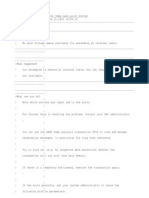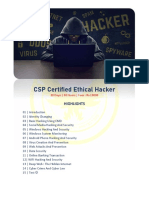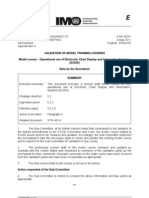0% found this document useful (0 votes)
7 views49 pagesOS Lab File - Merged
The document outlines various shell commands, threading concepts, CPU scheduling algorithms, interprocess communication, and synchronization problems in operating systems, authored by Vaibhav Pacherwal. It also details the implementation of a Simple Shell application that allows users to execute commands in a command-line interface, including features like error handling and built-in commands. Additionally, it discusses deadlock detection and page replacement algorithms, providing a comprehensive overview of operating system principles and practices.
Uploaded by
priyanka07suriCopyright
© © All Rights Reserved
We take content rights seriously. If you suspect this is your content, claim it here.
Available Formats
Download as PDF, TXT or read online on Scribd
0% found this document useful (0 votes)
7 views49 pagesOS Lab File - Merged
The document outlines various shell commands, threading concepts, CPU scheduling algorithms, interprocess communication, and synchronization problems in operating systems, authored by Vaibhav Pacherwal. It also details the implementation of a Simple Shell application that allows users to execute commands in a command-line interface, including features like error handling and built-in commands. Additionally, it discusses deadlock detection and page replacement algorithms, providing a comprehensive overview of operating system principles and practices.
Uploaded by
priyanka07suriCopyright
© © All Rights Reserved
We take content rights seriously. If you suspect this is your content, claim it here.
Available Formats
Download as PDF, TXT or read online on Scribd
/ 49




